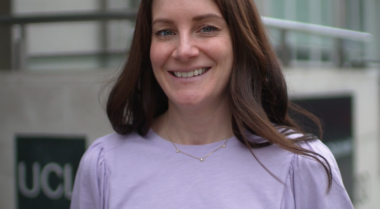Linking surveillance and clinical data for evaluating trends in bloodstream infection rates in neonatal units in England
12 December 2019
Caroline Fraser, Berit Muller-Pebody, Ruth Blackburn, Jim Gray, Sam J. Oddie, Ruth E. Gilbert, Katie Harron
PLoS ONE 14(12): e0226040.
Abstract
Objective To evaluate variation in trends in bloodstream infection (BSI) rates in neonatal units (NNUs) in England according to the data sources and linkage methods used.
Methods We used deterministic and probabilistic methods to link clinical records from 112 NNUs in the National Neonatal Research Database (NNRD) to national laboratory infection surveillance data from Public Health England. We calculated the proportion of babies in NNRD (aged <1 year and admitted between 2010–2017) with a BSI caused by clearly pathogenic organisms between two days after admission and two days after discharge. We used Poisson regression to determine trends in the proportion of babies with BSI based on i) deterministic and probabilistic linkage of NNRD and surveillance data (primary measure), ii) deterministic linkage of NNRD-surveillance data, iii) NNRD records alone, and iv) linked NNRD-surveillance data augmented with clinical records of laboratory-confirmed BSI in NNRD.
Results Using deterministic and probabilistic linkage, 5,629 of 349,740 babies admitted to a NNU in NNRD linked with 6,660 BSI episodes accounting for 38% of 17,388 BSI records aged <1 year in surveillance data. The proportion of babies with BSI due to clearly pathogenic organisms during their NNU admission was 1.0% using deterministic plus probabilistic linkage (primary measure), compared to 1.0% using deterministic linkage alone, 0.6% using NNRD records alone, and 1.2% using linkage augmented with clinical records of BSI in NNRD. Equivalent proportions for babies born before 32 weeks of gestation were 5.0%, 4.8%, 2.9% and 5.9%. The proportion of babies who linked to a BSI decreased by 7.5% each year (95% confidence interval [CI]: -14.3%, -0.1%) using deterministic and probabilistic linkage but was stable using clinical records of BSI or deterministic linkage alone.
Conclusion Linkage that combines BSI records from national laboratory surveillance and clinical NNU data sources, and use of probabilistic methods, substantially improved ascertainment of BSI and estimates of BSI trends over time, compared with single data sources.



